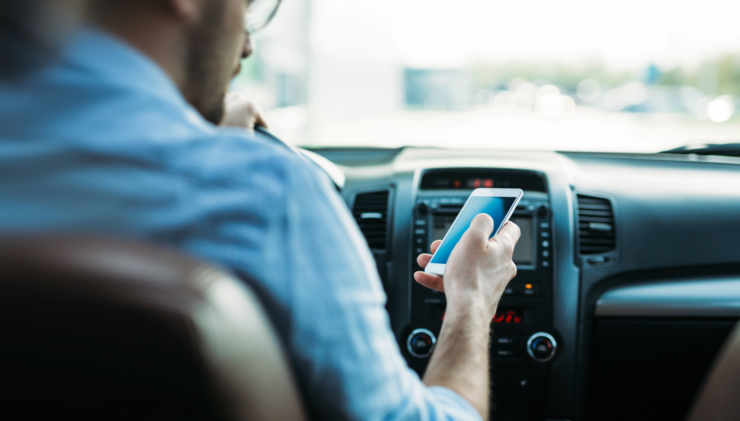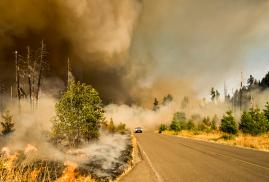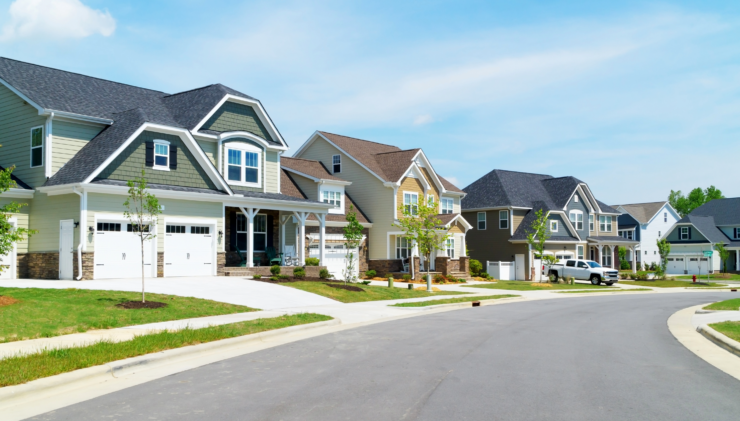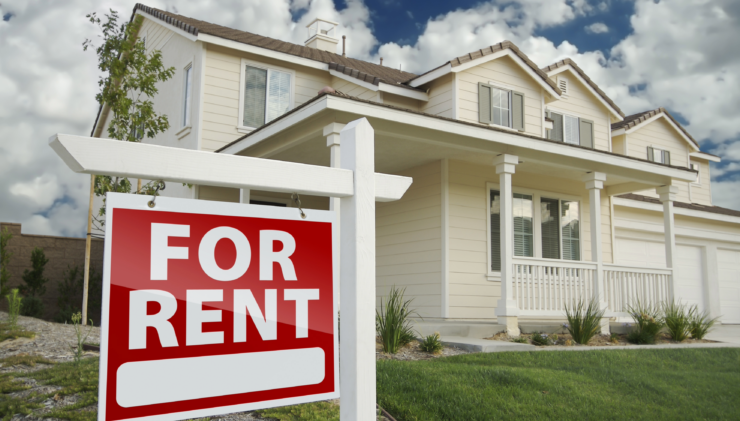 April Marks Distracted Driving Awareness Month
April Marks Distracted Driving Awareness MonthAs the summer heat cranks up and dry conditions persist, many California homeowners in high-risk areas will obviously be worried as we head into another fire season.
The last two years have seen massive fires that devastated thousands of acres of forest, grassland and burned untold amounts of homes in both Northern and Southern California. In late June there were already 11 fires burning in various parts of the state, according to Cal-Fire.
If you live in a high-risk area your insurance company has notified you of the measures you need to take to reduce the chances that your home will catch fire during a wildfire event. Safeguarding your home takes time and effort and has to be done far in advance of the next wildfire season.
But what should you do if a fire is approaching and you have a day or less to prepare and leave? What final steps can you take to protect your property and your family? Follow these tips compiled from CHUBB Insurance Co., The Hartford Insurance Co. and the National Fire Prevention Association to improve the odds of protecting your home and your belongings.
1. Keep up on the news — Keep up on the news from local media outlets and monitor announcements from local authorities and the fire department. Make sure that your family, home and pets are ready to evacuate.
2. Batten the hatches — Close windows, vents, blinds, non-combustible window coverings (like shutters) and your fireplace damper or flue. If you have time, you can even seal these items for added protection.
3. Clear the windows — Remove curtains from windows as they can be ignition sources. Stow the curtains in a safe place and away from the windows.
4. Address your utilities — Set up a portable gasoline-powered or solar water pump if you have one. Shut off propane at the tank or natural gas at the meter. Shut off the air conditioning.
5. Lights — Turn on outdoor lights like garden and front porch lights so firefighters can more easily find your home. But inside, make sure you turn off all pilot lights (usually that means the hot water heater).
6. Move all combustible material away from your home — Move wood piles, patio furniture and other combustible outdoor items at least 30 feet away from your home. Also, if you have a propane barbecue, stow it far from the house and any other combustible structures.
7. Move flammable furniture away from doors and windows — Sometimes sparks and embers will manage to get through windows and ignite nearby furniture. To reduce the chances of your furniture acting as tinder for the house, move all of it to the center of your home and away from entranceways and windows.
8. Set up water and hoses — If time permits, connect garden hoses to outside water valves or spigots for use by firefighters. Do not turn off the water to your home.
9. Prepping your vehicle — Back your loaded car into the driveway with all doors and windows closed. Carry your car keys with you.
10. Evacuate safely — Remain calm while evacuating. If you are driving, roll up your windows and close the air vents so that only the cabin air is recirculated. This is important because smoke can get into your car, irritate your eyes and cause breathing problems. Also, turn your headlights on and keep your doors unlocked. In the event that something happens to you while driving, locked doors can slow your rescue.
For more information contact Heffernan Insurance Brokers’ Personal Insurance team.



